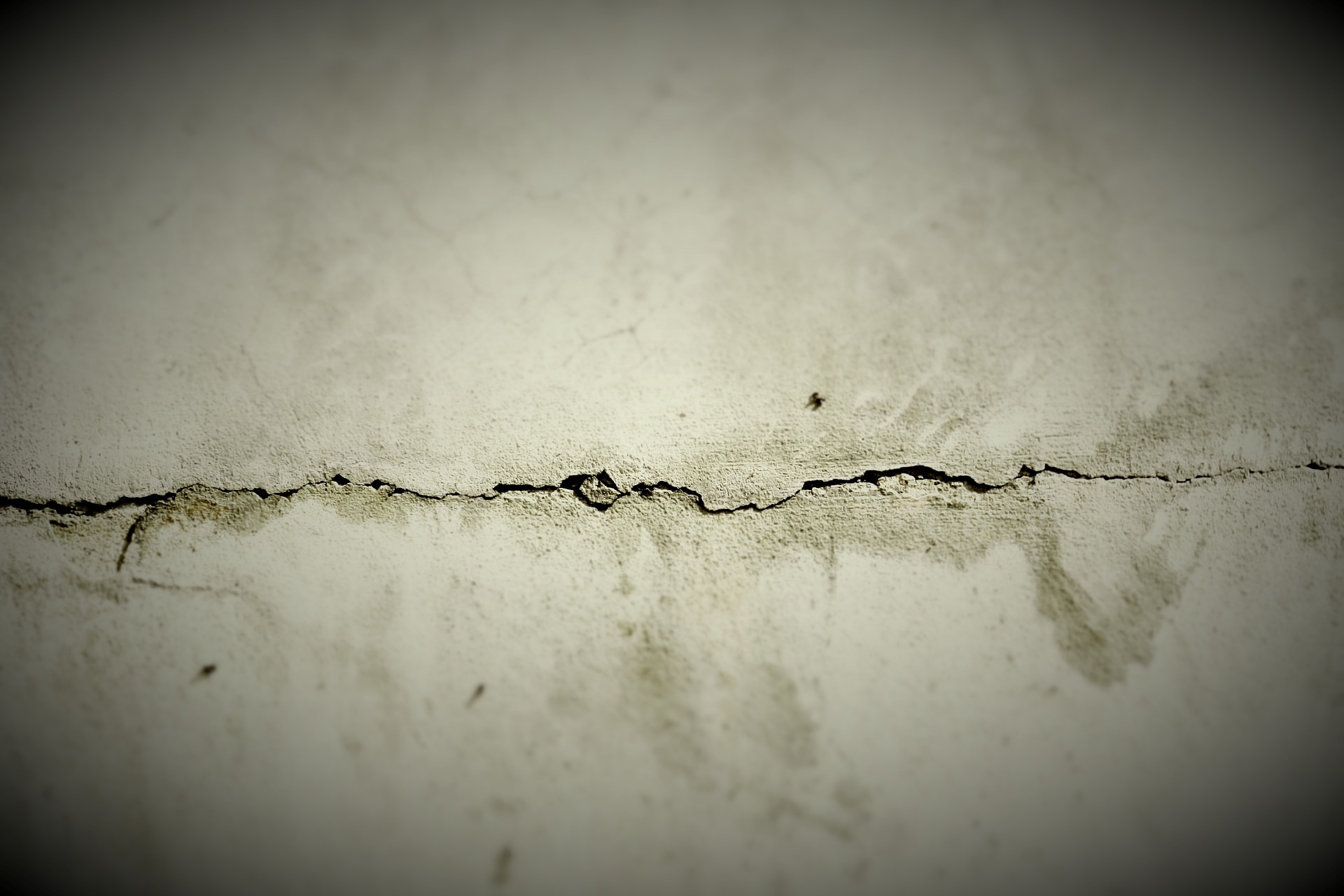Learn more about wall restoration
Introduction to Wall Restoration Wall restoration is a crucial aspect of maintaining the integrity and aesthetic appeal of buildings, whether they are residential homes or historical monuments. Over time, walls can suffer from various forms of damage, including cracks, peeling paint, and moisture infiltration, which can compromise both their structural soundness and visual appeal. Understanding

Damaged walls can compromise both the structural integrity and visual appeal of any building. From hairline cracks that develop over time to significant damage caused by settling, moisture, or impact, wall problems require prompt attention to prevent further deterioration. Understanding the various restoration methods available helps property owners choose the most appropriate solution for their specific situation.
Understanding Wall Repair Fundamentals
Wall repair involves identifying the root cause of damage and selecting appropriate materials and techniques for restoration. Common issues include surface cracks, holes, water damage, and structural settling. The repair process typically begins with thorough assessment to determine whether damage is cosmetic or structural in nature. Surface-level repairs might involve patching compounds and refinishing, while structural issues may require more extensive intervention including reinforcement or partial reconstruction.
Modern wall repair techniques utilize advanced materials that offer superior durability and longevity compared to traditional methods. These materials often provide better adhesion, flexibility, and resistance to environmental factors that contribute to wall deterioration.
Effective Wall Treatment Options
Wall treatment encompasses both preventive measures and corrective actions designed to maintain wall integrity over time. Preventive treatments include moisture barriers, protective coatings, and regular maintenance schedules that help identify potential problems before they become serious issues. Corrective treatments address existing damage through various repair techniques tailored to specific wall materials and damage types.
Treatment selection depends on factors including wall material composition, environmental conditions, building age, and intended use. Masonry walls require different treatment approaches than drywall or wood-frame construction. Professional assessment ensures that treatment methods align with building codes and manufacturer specifications.
Addressing Cracked Concrete Wall Repair
Cracked concrete walls present unique challenges that require specialized repair techniques and materials. Concrete cracks can result from shrinkage during curing, thermal expansion and contraction, structural settling, or excessive loading. The repair approach varies significantly based on crack width, depth, and underlying cause.
Small hairline cracks may be addressed through injection of specialized sealants or epoxy compounds that restore structural continuity. Larger cracks often require mechanical preparation including cleaning and widening to ensure proper material adhesion. Some situations may necessitate reinforcement with steel mesh or fiber materials to prevent future cracking.
Concrete wall repair typically involves multiple steps including surface preparation, crack routing, cleaning, priming, and application of repair materials. Proper curing time and environmental conditions are critical for achieving optimal results that will withstand long-term stress and environmental exposure.
Professional Assessment and Planning
Successful wall restoration begins with comprehensive assessment by qualified professionals who can identify underlying causes and recommend appropriate solutions. This evaluation includes structural analysis, material testing, and environmental factor consideration. Professional assessment helps avoid temporary fixes that may mask serious problems or lead to recurring issues.
Planning considerations include project timeline, material selection, access requirements, and potential disruption to building occupants. Proper planning ensures that restoration work proceeds efficiently while maintaining safety standards and minimizing inconvenience.
Cost Considerations and Provider Comparison
Wall restoration costs vary significantly based on damage extent, repair methods, materials selected, and local labor rates. Understanding typical pricing helps property owners budget appropriately and evaluate contractor proposals effectively.
| Service Type | Provider Example | Cost Estimation |
|---|---|---|
| Surface crack repair | Local contractors | $200-500 per wall |
| Structural concrete repair | Specialized restoration companies | $1,500-5,000 per section |
| Complete wall restoration | General contractors | $3,000-10,000 per room |
| Preventive treatment application | Maintenance services | $300-800 per wall |
Prices, rates, or cost estimates mentioned in this article are based on the latest available information but may change over time. Independent research is advised before making financial decisions.
Long-term Maintenance Strategies
Successful wall restoration extends beyond immediate repair to include ongoing maintenance programs that preserve restoration investments. Regular inspection schedules help identify emerging issues before they require extensive intervention. Maintenance activities include cleaning, resealing, touch-up repairs, and environmental monitoring.
Proactive maintenance typically costs significantly less than reactive repairs while extending wall lifespan and maintaining property value. Documentation of maintenance activities provides valuable information for future restoration planning and helps establish patterns that may indicate underlying issues requiring attention.
Wall restoration represents a critical investment in property maintenance that protects both structural integrity and aesthetic value. By understanding available options and working with qualified professionals, property owners can ensure that restoration projects deliver lasting results that meet both immediate needs and long-term objectives.



